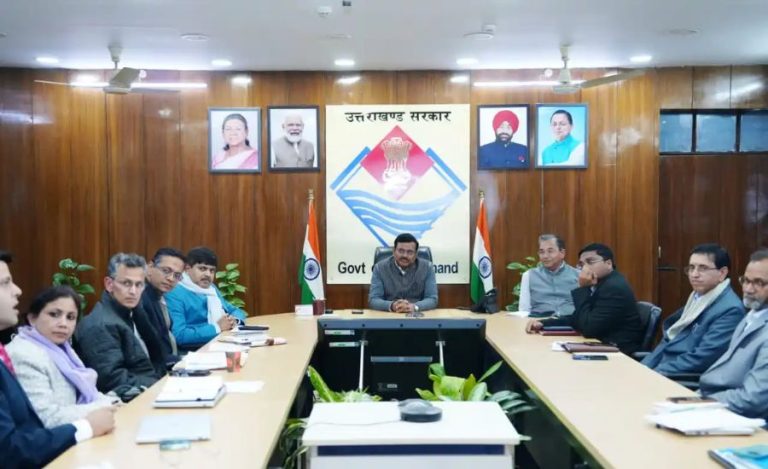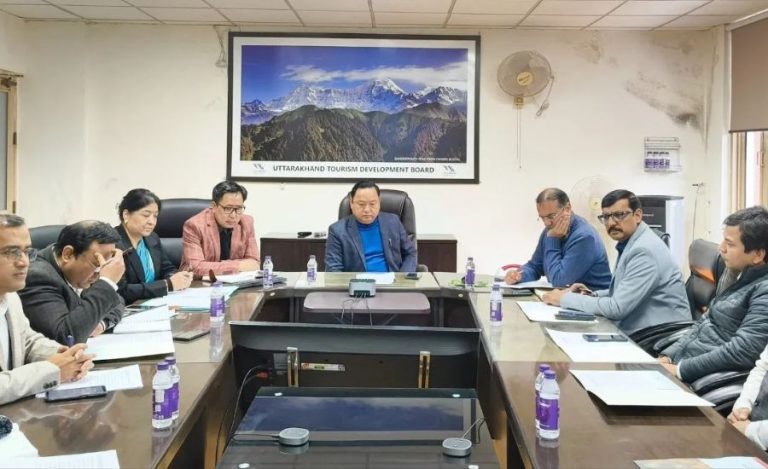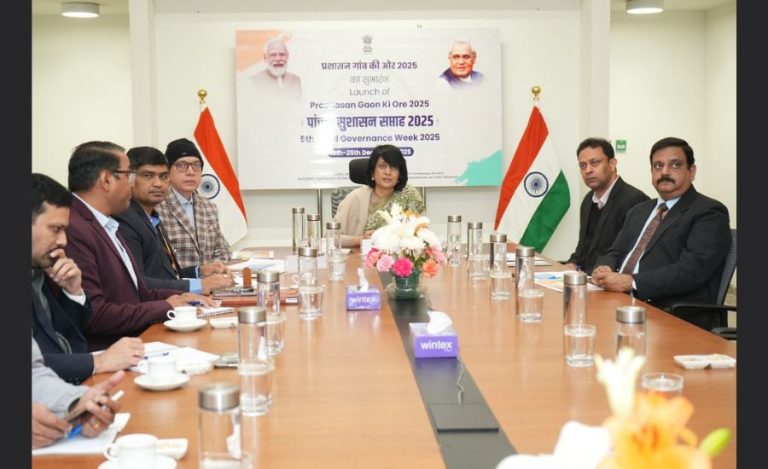Mohali: In a major institutional step to counter stubble burning and improve regional air quality, the Commission for Air Quality Management (CAQM) has inaugurated a dedicated, year-round operational cell in SAS Nagar (Mohali), Punjab. This move marks a transition from seasonal interventions to a continuous engagement strategy for managing paddy straw and pollution control across Punjab and parts of Haryana.
From Seasonal Action to Permanent Infrastructure
Previously, CAQM had operated a temporary Paddy Stubble Management Cell (PSMC) in Chandigarh from October 1 to November 30, 2024—timed to peak stubble burning activity. However, recognising the limitations of seasonal efforts and the growing need for sustained coordination, CAQM pushed for a permanent operational base in Punjab.
Following its request, the Punjab Government extended infrastructural and logistical support, leading to the establishment of the permanent cell at the Kisan Vikas Chamber, Kalkat Bhawan, SAS Nagar.
Full-Spectrum Coordination and Oversight
The Mohali-based cell will operate as a central hub for the entire paddy stubble management ecosystem. It will oversee strategic planning, on-ground enforcement, and seamless coordination among key stakeholders. These include the Agriculture Departments of Punjab and Haryana, Flying Squads, and field-level enforcement teams.
Its responsibilities range from engaging farmers and monitoring supply chains for paddy straw delivery, to supporting end-user integration in ex-situ utilisation frameworks.
Expanding Mandate Beyond Agriculture
Beyond crop residue management, the CAQM cell has been tasked with monitoring air pollution control initiatives in key thermal power plants (TPPs), especially those involved in biomass co-firing. It will also address broader air quality issues across Haryana’s NCR districts, particularly those situated farther from Delhi.
By institutionalising year-long surveillance and response, the cell aims to ensure that seasonal pollution spikes are addressed proactively through continuous planning, stakeholder engagement, and cross-sector collaboration.
Towards Cleaner Air and Sustainable Agriculture
The establishment of this dedicated facility aligns with CAQM’s broader vision of integrating sustainable agricultural practices with regional air quality management. It is expected to streamline policy execution and improve compliance during critical stubble burning periods while reinforcing year-round capacity-building efforts across sectors.
Also Read: How KAP Sinha Plans to Reshape Punjab’s Bureaucracy




























